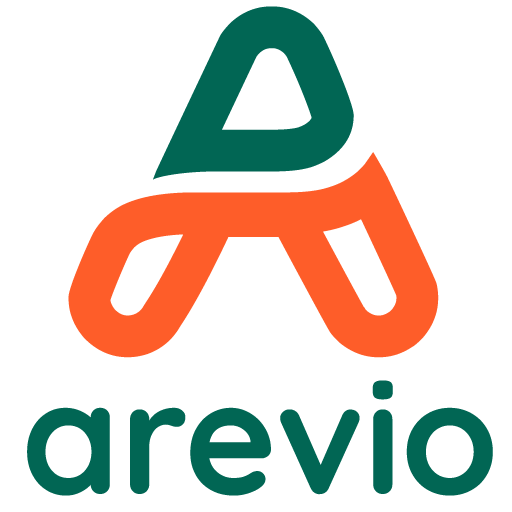The context
Labrador assists listed companies in the preparation of regulated information documents (financial and extra-financial documents). To this end, it provides substantive advice on content (evidence to be provided, proofreading) and form (graphic design), as well as production services (complete publishing process). Labrador’s clients include many companies listed on the CAC40.
As part of its growth, in 2019, Labrador wanted to equip itself with a new software solution (NEW EOL) that it could make available to its customers or prospects to help them produce regulatory information documents more efficiently, and that it could also use internally to streamline and optimise the production of these documents. The goal was to support ESEF reporting first, and SEC reporting later.
The solution
The main features of the solution are:
- Dynamic management of the taxonomies (from taxonomy packages) of Labrador’s customers;
- Dynamic management of the data referenced by the ESEF reports;
- Verify the compliance of the produced ESEF reports with the ESEF specifications.
The key objective is to be able to manage the reported data (XBRL facts and other data) and the ESEF document separately so that it is possible to update the reported data without having to touch the layout.
The XBRL cornerstone of the new system (developed by Acsone) is the Dynamic Data Component. It takes the data model from the taxonomy. It can change over time. It manages the mapping between the data model (concepts) and the data source (mainly an MS Excel file); mapping and data source can be modified over time.
Key terms: rapid implementation of XBRL features/applications, taxonomy-driven developments, integration with web services for loading the report packages, the mapping definition or the financial data, OIM/JSON representation, validation of ESEF Inline XBRL instances.
XBRL specifications: XBRL Specification 2.1, Dimensions 1.0, Inline XBRL 1.1 / Transformation Registry 1-5, OIM 1.0, Formula 1.0, Taxonomy & Report Packages
